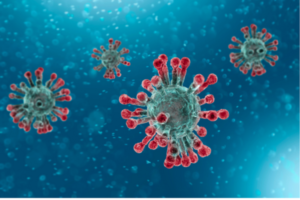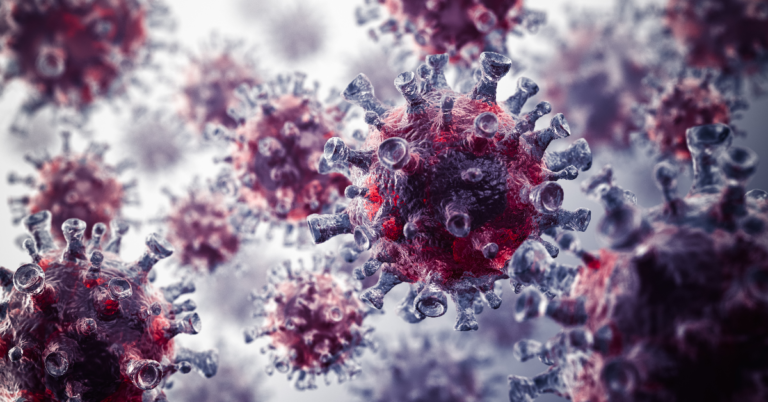Infectious diseases have always had an impact on human history, shaping societies and driving medical advancements. From ancient plagues to modern pandemics like COVID-19, these invisible threats remind us of the importance of awareness, prevention, and resilience. By better understanding the causes, symptoms, and preventative measures, we can take charge of our health and safeguard our communities.
A Brief History: Humanity’s Journey with Infectious Diseases
Throughout history, infectious diseases have altered the course of civilizations. The bubonic plague, or “Black Death,” in the 14th century decimated Europe’s population, sparking changes in public health and hygiene practices. Similarly, the 1918 influenza pandemic prompted research into vaccines and viral transmission. Today, the lessons learned from these historical events continue to shape our responses to new threats.
What Are Infectious Diseases?
Infectious diseases result from harmful microorganisms—bacteria, viruses, fungi, and parasites—entering our bodies. These pathogens exploit our cells, reproducing rapidly and spreading. Let’s break down the common ways these diseases spread:

- Airborne Transmission: When we cough, sneeze, or even speak, tiny droplets are released, potentially carrying pathogens like the flu or COVID-19. Masks and ventilation help minimize this risk.
- Direct Contact: Direct physical contact or touching contaminated surfaces can spread diseases like the common cold, staph infections, and hepatitis A.
- Foodborne Transmission: Consuming improperly cooked or contaminated food introduces pathogens into our digestive systems, causing illnesses such as Salmonella and E. coli infections.
- Vector-Borne Transmission: Insects, like mosquitoes, play a role in spreading diseases such as malaria and Lyme disease by biting infected individuals and transferring pathogens to new hosts.
Recognizing Common Infectious Diseases: Real-Life Scenarios
Infectious diseases are often close to home. Imagine you’re in a bustling city during flu season—crowded spaces, close contact, and colder weather create perfect conditions for the flu to spread. A neighbor might have chills and fever, a friend complains of a sore throat, or your co-worker feels drained and fatigued. Recognizing these symptoms in ourselves and others is crucial in curbing the spread.
- Influenza: The flu can feel overwhelming with symptoms like fever, chills, body aches, sore throat, and exhaustion. Annual flu vaccinations and hygiene practices, like washing hands frequently, are crucial in prevention.
- Foodborne Illnesses: Imagine dining at a friend’s barbecue—if food isn’t cooked or stored properly, bacteria like E. coli can cause nausea, vomiting, and stomach pain, sometimes leading to severe illness.
- Malaria: In areas where malaria is prevalent, people often use insect repellent and mosquito nets. Fever, chills, and muscle aches are typical symptoms, with early treatment being vital.
Symptoms: The Body’s Natural Alarms
Our bodies are designed to fight infection, and symptoms are part of this defense. When pathogens enter, the immune system responds with specific signs:
- Fever: A rise in temperature helps the body fight pathogens more effectively.
- Fatigue and Aches: These occur as the body’s energy shifts toward fighting infection.
- Coughing and Sneezing: The body’s way of expelling harmful germs.
- Digestive Symptoms: Stomach upset or diarrhea often signal a foodborne illness.
By recognizing and respecting these signs, we can seek early treatment, helping prevent complications and spread.
Building Our Defenses: Practical Prevention Tips
Prevention is key in managing infectious diseases. Here are some effective and straightforward strategies to bolster defenses:
Vaccination: Vaccines help our immune system recognize and fight off specific pathogens, offering a powerful layer of protection against diseases like measles, hepatitis, and flu.
Boosting Immunity Through Diet: Foods rich in vitamins C and D, antioxidants, and probiotics—like citrus fruits, leafy greens, and yogurt—can support immune function. A balanced diet gives the immune system the nutrients it needs to stay strong.

Hand Hygiene: Simple but effective, regular handwashing with soap is one of the most accessible ways to prevent the spread of many infectious diseases. Hand sanitizers are also useful when soap and water aren’t available.
Maintaining Clean Spaces: Disinfecting commonly used surfaces—doorknobs, light switches, and devices—minimizes the chance of contact transmission.
Safe Food Practices: Cooking foods thoroughly, refrigerating perishables, and washing produce reduce the risk of foodborne illnesses.
Awareness of Animal Carriers: In some areas, animals or insects carry diseases. Knowing the risks and using repellents or protective gear when necessary can protect against bites from infected animals or insects.
Beyond Prevention: How to Take Action When Illness Strikes
If symptoms of an infectious disease arise, taking immediate action is crucial to ensure health and prevent spread. Here’s a guide to help:
- Seek Medical Advice: Early diagnosis can often prevent serious complications. Consult a healthcare professional if symptoms persist or worsen.
- Stay Home When Unwell: Rest allows your body to recover while reducing the risk of infecting others.
- Take prescribed medications properly: For bacterial infections, antibiotics should be taken exactly as prescribed to ensure effectiveness and prevent resistance.
- Stay Hydrated and Nourished: Dehydration weakens the body, making recovery slower. Consuming water, broths, and nourishing foods aids the immune system.
The Road Ahead: Facing Emerging Diseases
Today’s world faces constant threats from emerging infectious diseases due to globalization, climate change, and urbanization. New challenges require evolving strategies, constant research, and a proactive approach to global health. By staying informed and proactive, we can adapt to and manage the changing landscape of infectious disease threats.

Knowledge as the Best Defense
Infectious diseases may feel daunting, but knowledge, preparedness, and community efforts can make a difference. By understanding transmission, prevention, and action steps, we can protect ourselves, our loved ones, and our communities. Small habits—like washing hands, staying home when ill, and being vigilant about vaccinations—build a safer, healthier world for everyone.
References
- World Health Organization (WHO)
- Centers for Disease Control and Prevention (CDC)
- National Institutes of Health (NIH)
For more valuable health insights, visit SaziBox Health.



